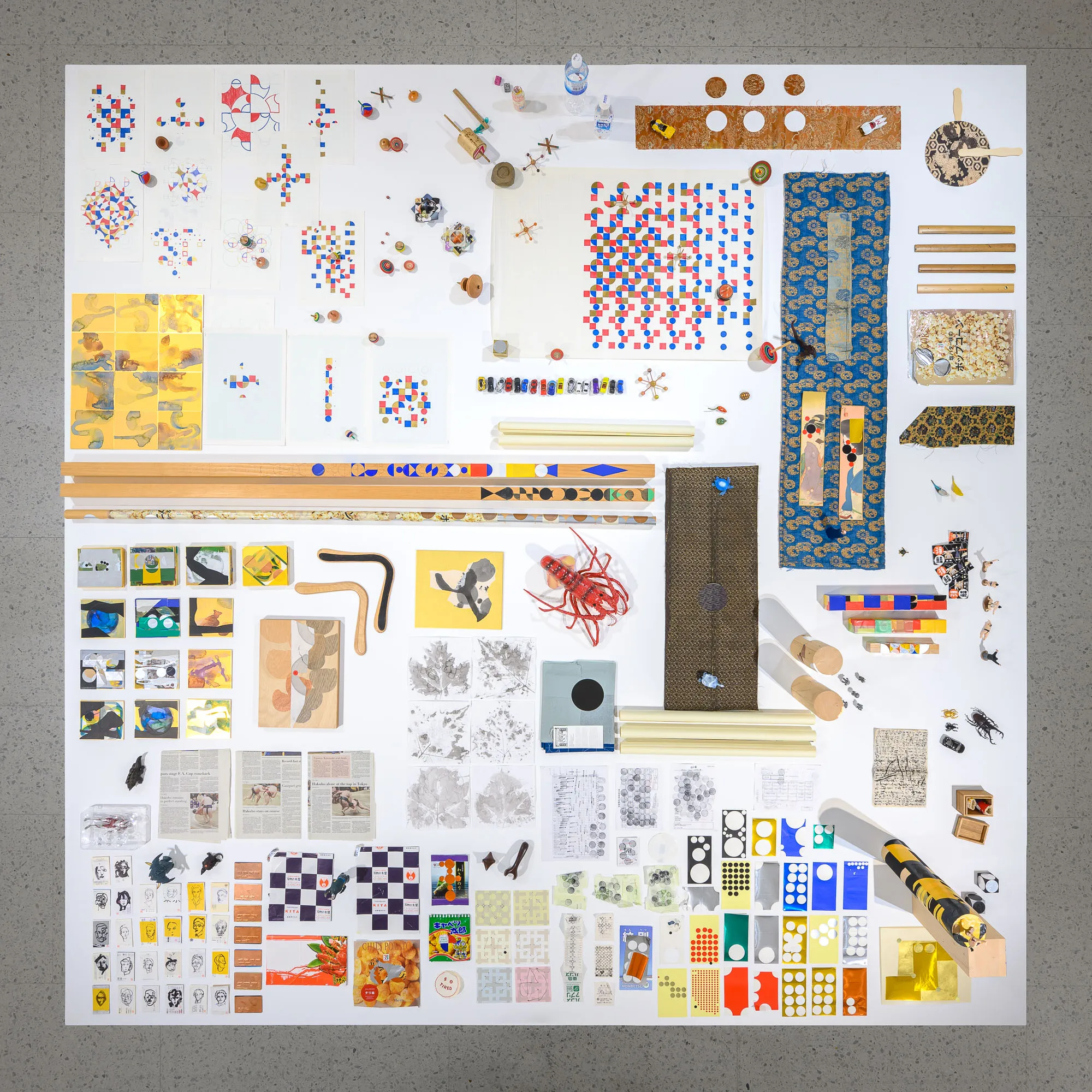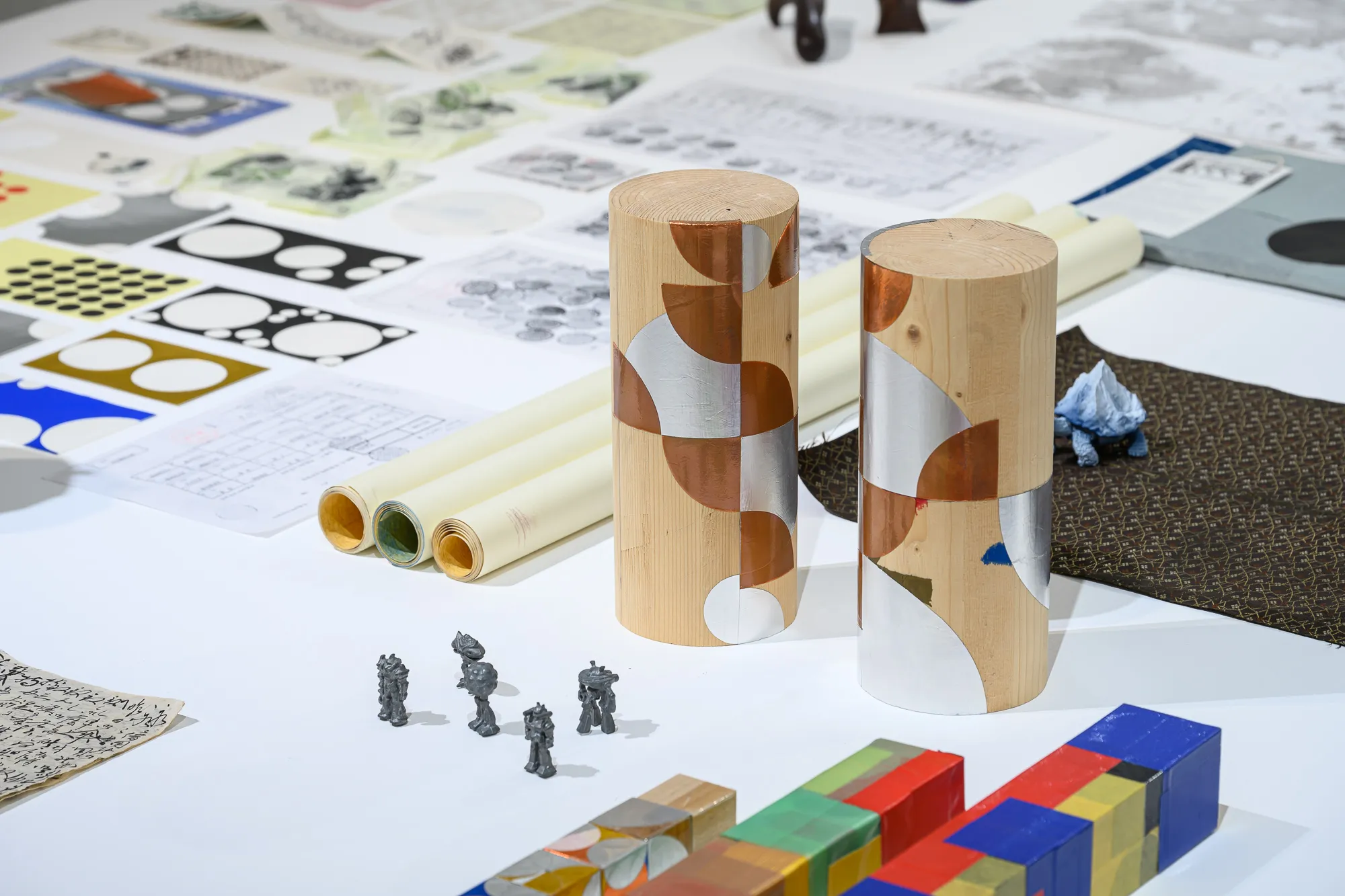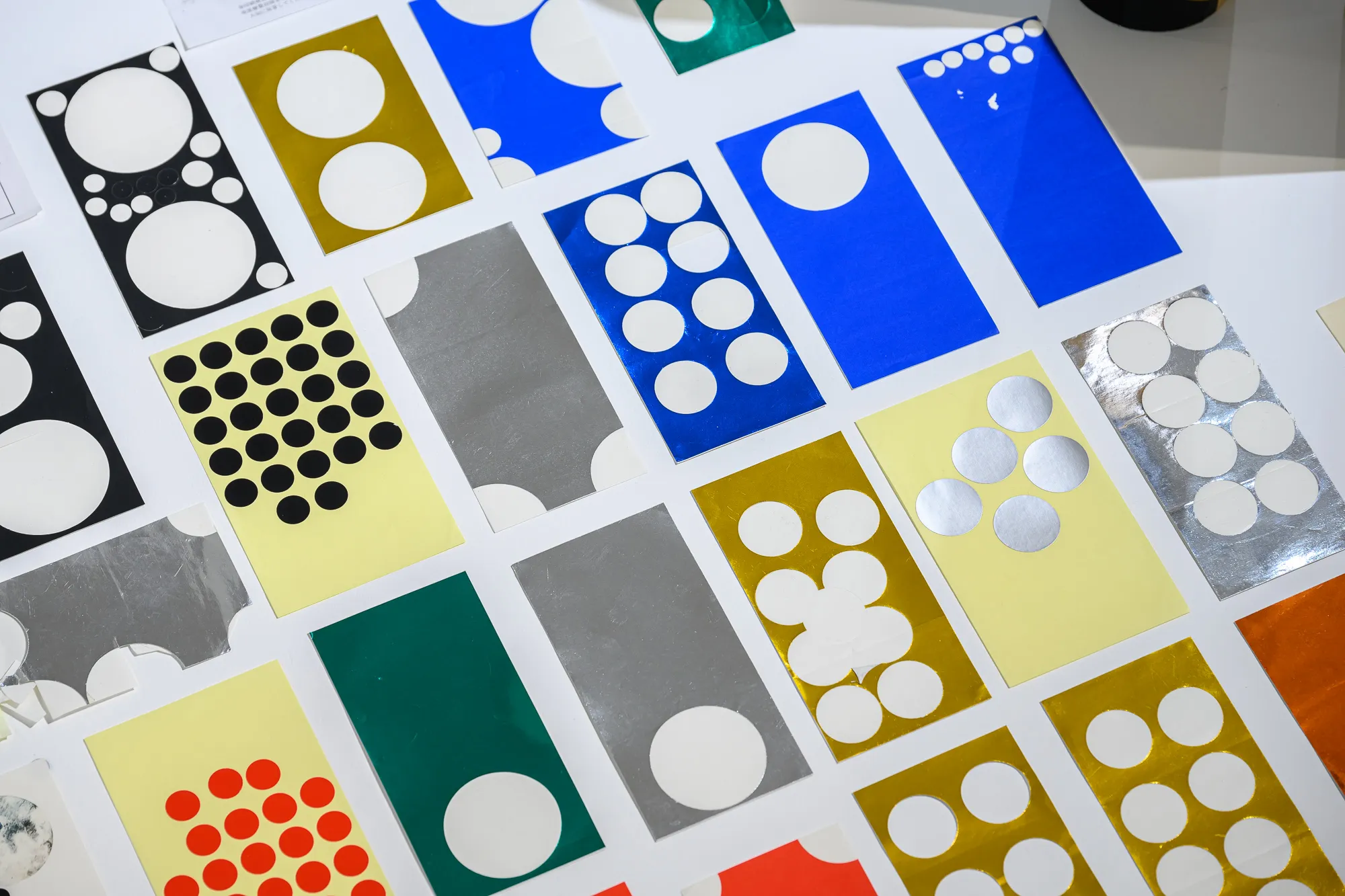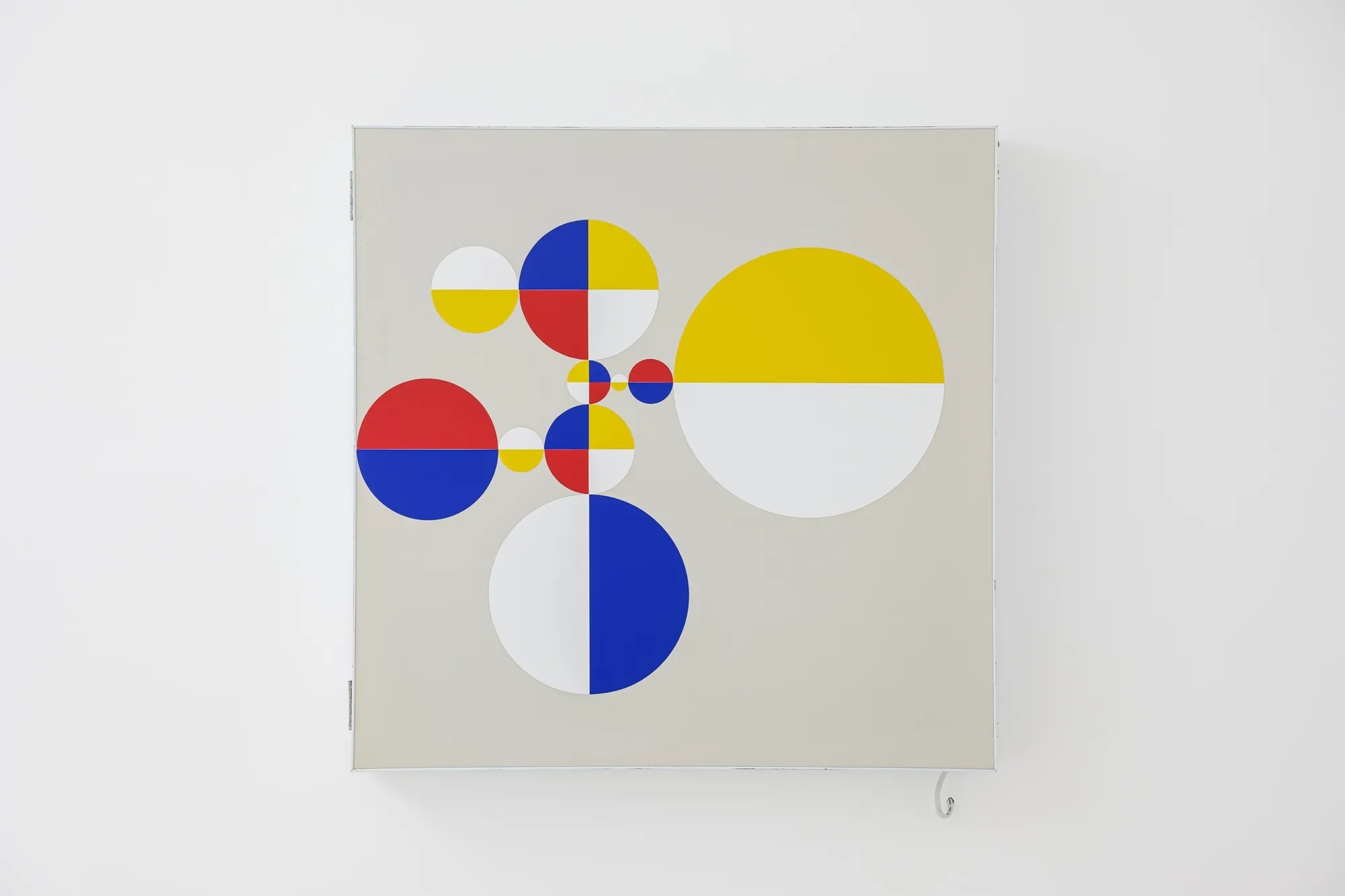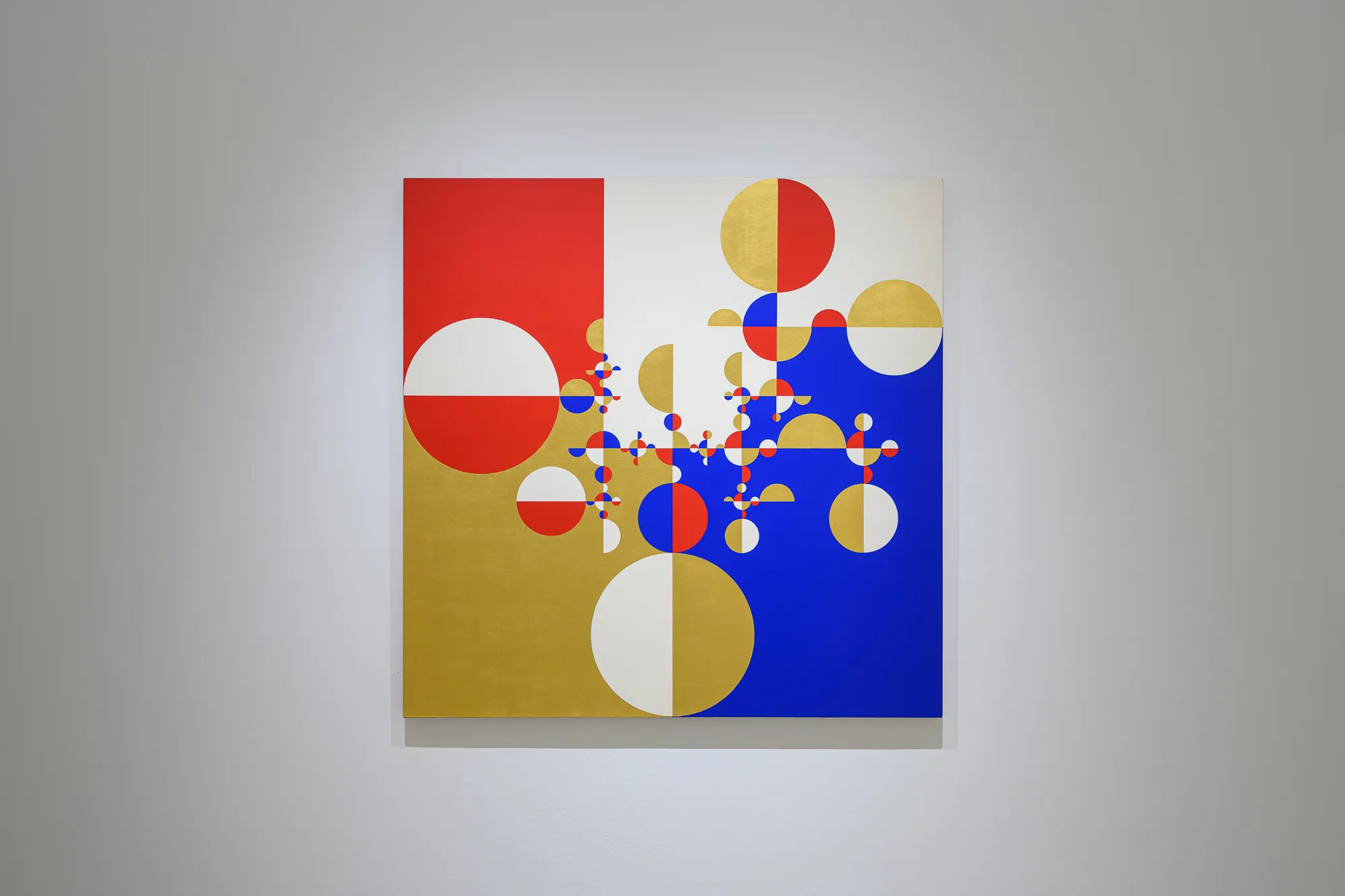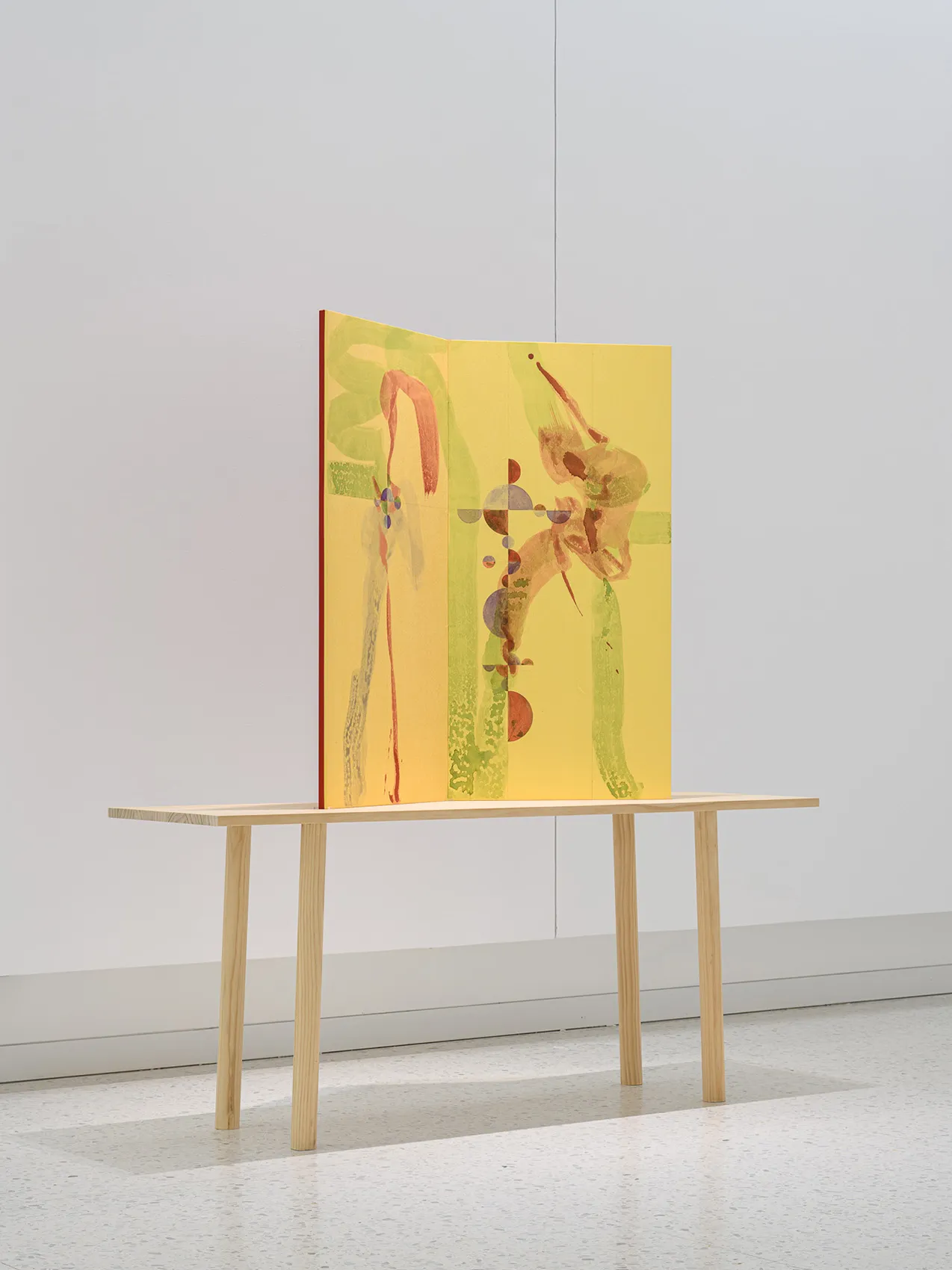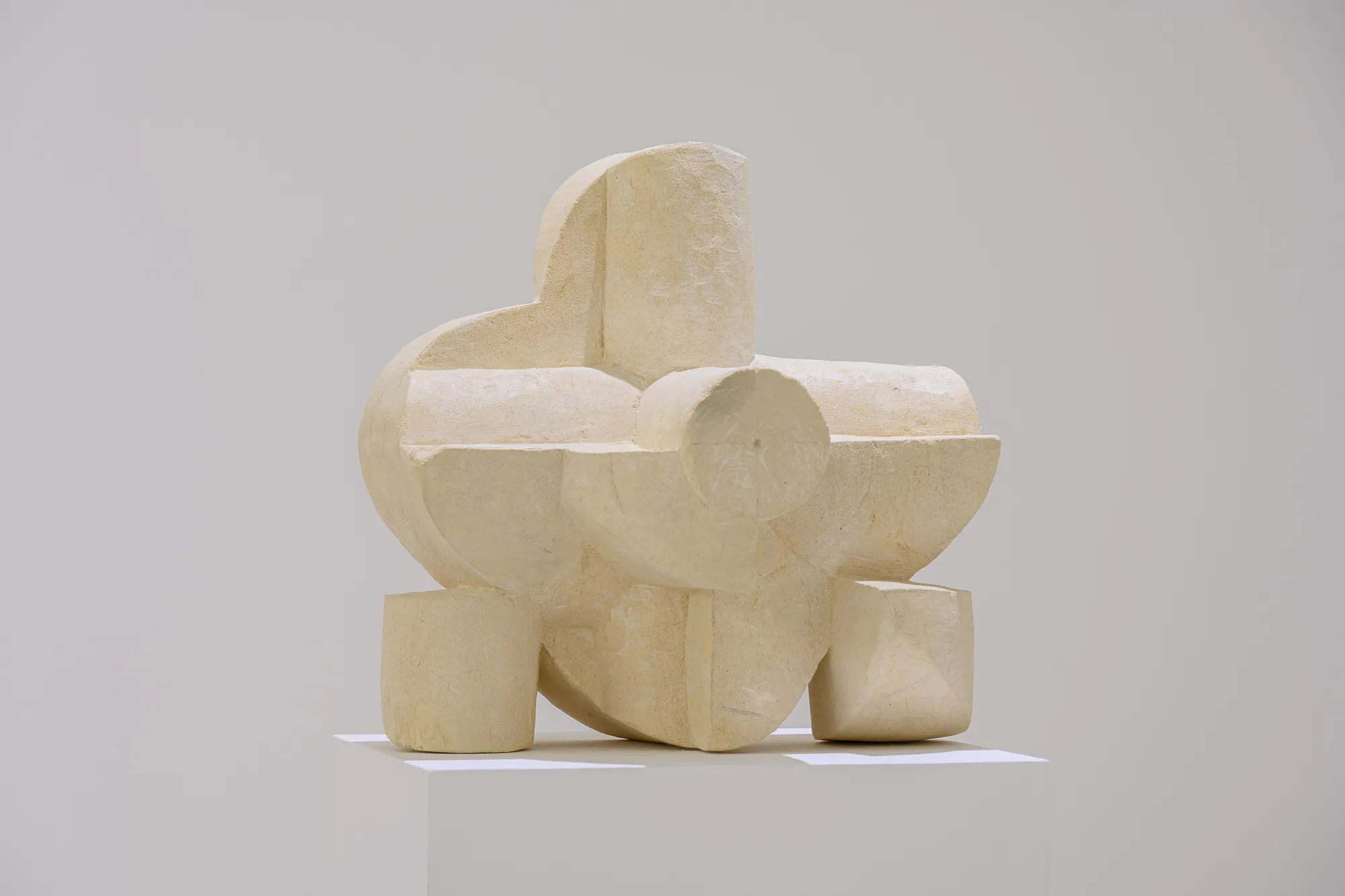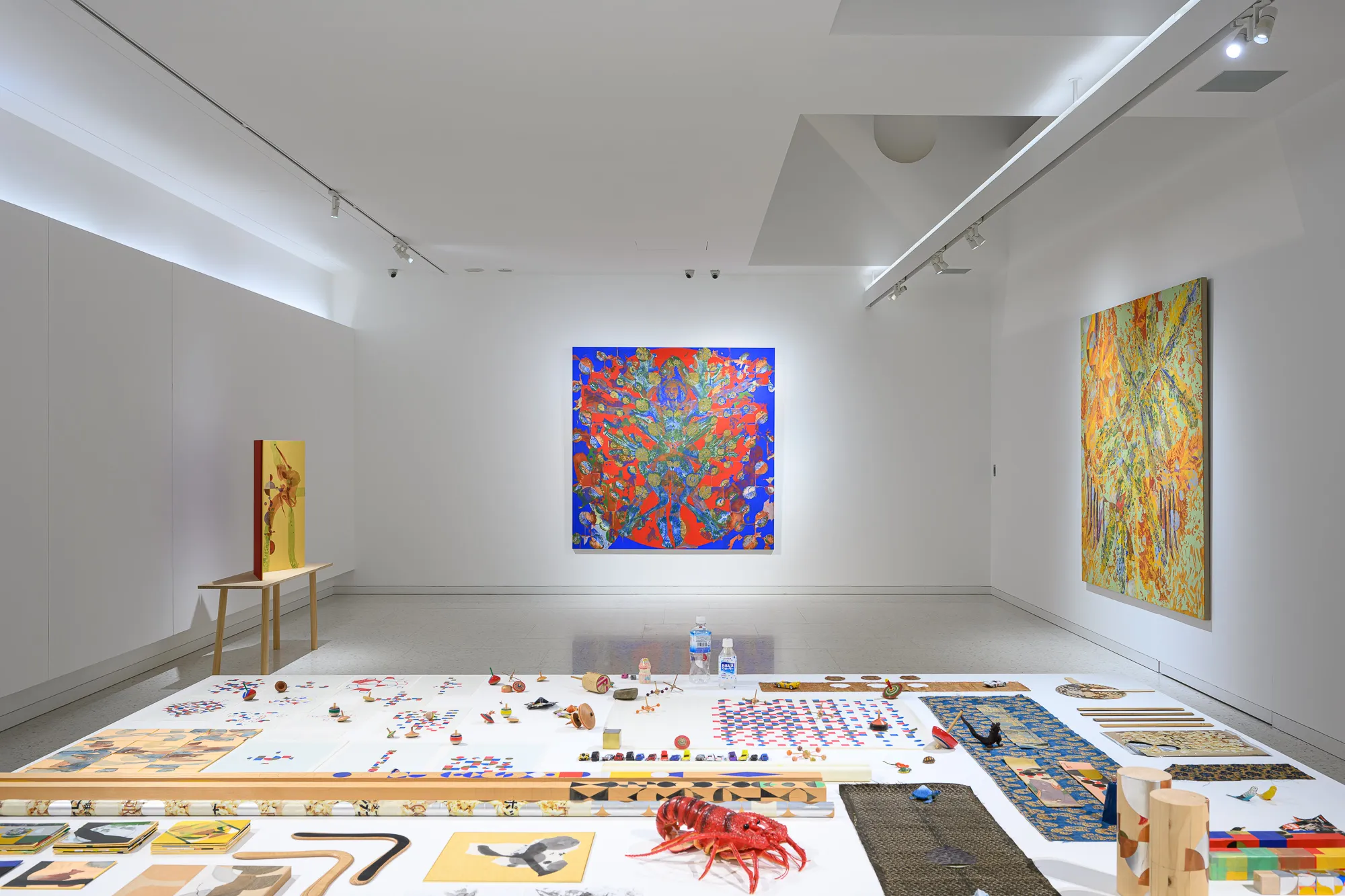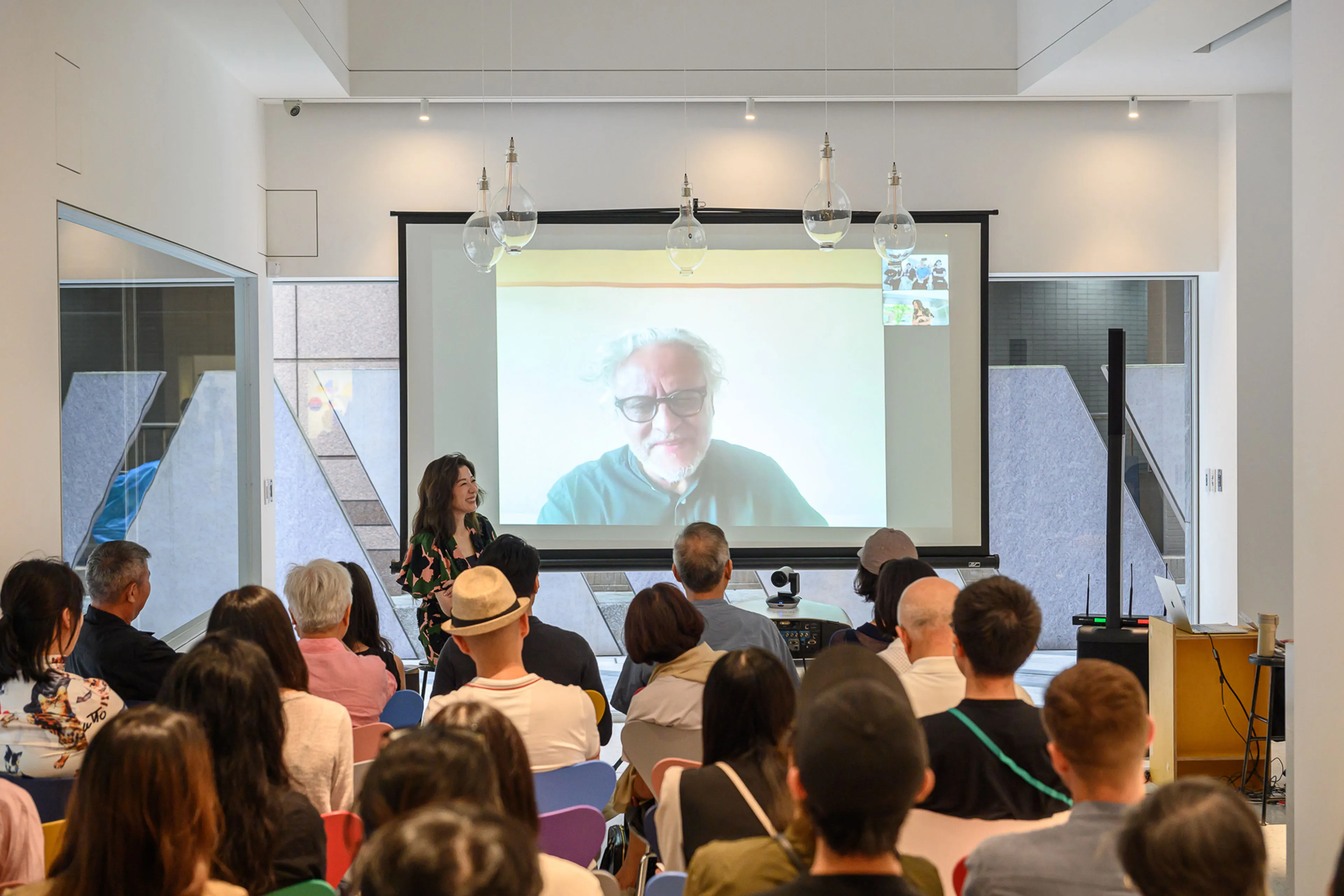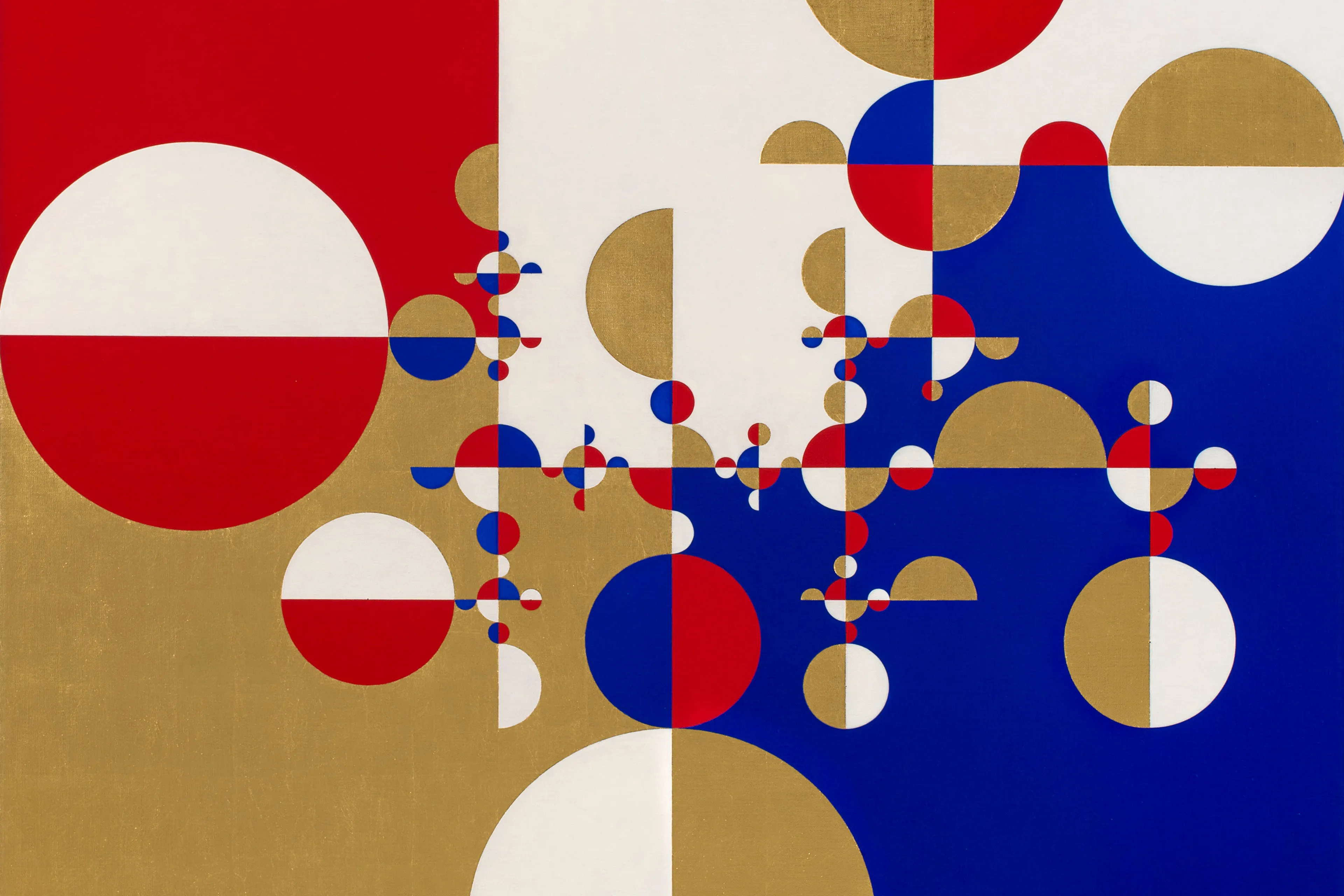
GABRIEL OROZCO
Opening
2024/05/11 SAT.
Locations
WINSING ART PLACE
“Circles are not just emblems of perfection, continuity, strength or clarity, but of some kind of freedom too.” — Gabriel Orozco
Gabriel Orozco, a Mexican artist, focuses his creative endeavors on the nuances of everyday life and the events that unfold within it. His extensive travels across different countries have endowed him with a rich tapestry of cultural experiences, serving as vital wellsprings of inspiration and exploration. These encounters with diverse cultures are integral to shaping his artistic vision. Orozco's oeuvre reflects a deep engagement with materials, ranging from the traditional craftsmanship of Mexico to the visual culture of Japan and the stone carving techniques of Indonesia. The artist once remarked, "I didn’t have a permanent studio, that I didn’t want my work to enter the abstract bubble of formal circulation, was part of that. I try to make language confront reality, the reality of the street and what goes on there. That’s how I’ve developed a lot of my artistic activities." Orozco has articulated his adeptness at reimagining familiar objects in innovative ways. He employs a variety of everyday mediums to explore the relationships between individuals and the ready-made objects and spaces that surround them. Moreover, the motif of the circle recurs prominently throughout his artistic output. Rooted in the artist's childhood memories, this motif draws influence from diverse sources such as Indian art, Buddhism, and the natural world. Whether manifested in sculpture, installation, painting, or photography, Orozco's creations dissolve the boundaries between art and everyday life, providing viewers with a platform to reconsider their perceptions of reality.
For Orozco, objects transcend their materiality when they interact with time and space, embodying the essence of their surroundings. An illustrative example is the forthcoming completion of Chapultepec Park in 2024, Mexico's venerable landmark brimming with cultural and historical depth. Orozco's involvement in the park's design afforded him the opportunity to imbue the environment with his artistic vision. Through astute observations, he seamlessly integrated elements such as circles, spheres, motion, and systemic mechanisms into the expansive terrain. From the circular stone tiles adorning the ground to the dynamic trajectories sculpted over time, Orozco's approach finds tangible expression in the "Calzada Flotante" completed last year. This endeavor not only represents Orozco's inaugural venture into incorporating circular motifs into public projects but also underscores the profound significance of such concepts to the artist. This significance is further exemplified by the creation of the permanent "Orozco Garden" at the South London Gallery in 2016. His creative undertakings have initiated an endless interplay and circulation of the social, ecological, and aesthetic dimensions intrinsic to space, transcending mere physical objects.
Winsing Art Place is presenting this exhibition in two phases, which features many important art work series by Orozco. The first phase of the exhibition focuses on his works with the themes of circular motion, spheres, and continuous sequences, and the second phase will highlight his influential work, the “Working Table, Tokyo”. Because of his travels, the artist has transformed every place where he visited into his workspace. He showcases his years of footprints, experiments, sketches, objects, and ready-made items on tables of various scales or sizes, using them as the sources of inspiration for paintings or sculptures. The “Working Table, Tokyo” just reflects his ten years of living in Tokyo. In 1995, the artist produced the lightbox artwork "Light Signs #6 (Korea)" for the Gwangju Biennale, offering a reinterpretation of the essence of painting. Influenced by his time spent in Japan, Orozco initiated the development of the Suisai series, characterized by his careful selection of materials and color schemes. Moreover, the circular motifs present in the Samurai Tree series draw inspiration from both Western chess principles and the natural world. Through the manipulation of sequences and colors, Orozco adeptly constructs chart-like structures that elucidate the evolution of circular forms. During his residency in Bali, Indonesia, Orozco utilized indigenous limestone, blending traditional techniques with his unique method of circular cutting to craft his inaugural stone sculpture. Nature consistently occupies a central position in Orozco's artistic exploration, evident in his organic lines reminiscent of botanical forms, coupled with the incorporation of Leonardo da Vinci's Vitruvian Man imagery, which reflects his contemplation of order in the word. The majority of Orozco's oeuvre is intricately linked to the trajectories of time and space. Employing various methods, he systematically presents image systems, resulting in works that offer profound insights from a poetic perspective.

